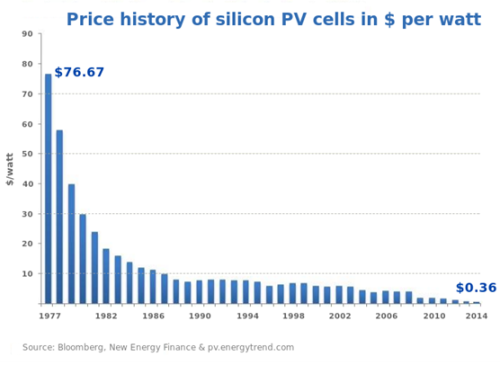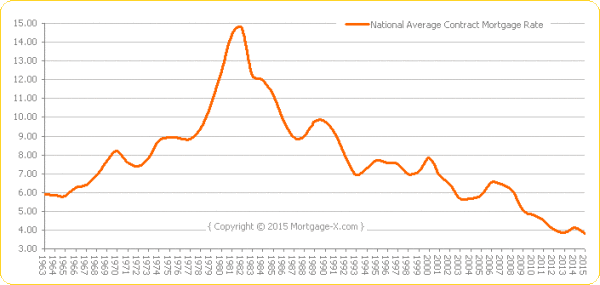The Other Benefit Of Fundraising
The reason people go out and fundraise is they need capital for their business. I would not recommend doing it for any other reason. It’s hard and time consuming work and can be extremely frustrating.
But there is another benefit of fundraising. You get feedback on your business from people who see a lot of businesses like yours every day.
The feedback you get from any one investor can be horrible and you need to learn to ignore off base feedback from idiot investors. And you will find that on the fundraising trail.
However the aggregate feedback you get from a diverse collection of investors, ideally dozens or more, can be super helpful.
So what I suggest to entrepreneurs is to use some sort of note taking system, paper or electronic, and write down the hard questions you got and the points of feedback you received after each meeting. The sooner you do it after the meetings the better.
Then start to sort them into a list of “issues” that you are hearing about your business. And the ones you hear the most are the one to focus on.
These are not just sales hurdles to overcome in your financing (although they are that too), these are the things that make your business less attractive to investors and they are things you need to address in your business.
These issues could be about your team, your product, your competition, your market, your go to market strategy, your business model, etc, etc.
The point I am making is that fundraising is a bit like the customer development process. You are showing your business to the market and it is critical to listen to what the market is telling you as no business is perfect and investors will take the time to tell you what is wrong with yours, often right in the meeting.
So treat your fundraising process as two things. First and foremost, it is about getting the capital you need to operate and grow your business. But it is also a fact finding mission about the things you need to address to make your business better. Don’t forget to do the second thing because it is a fantastic opportunity to improve your business for the long haul.


